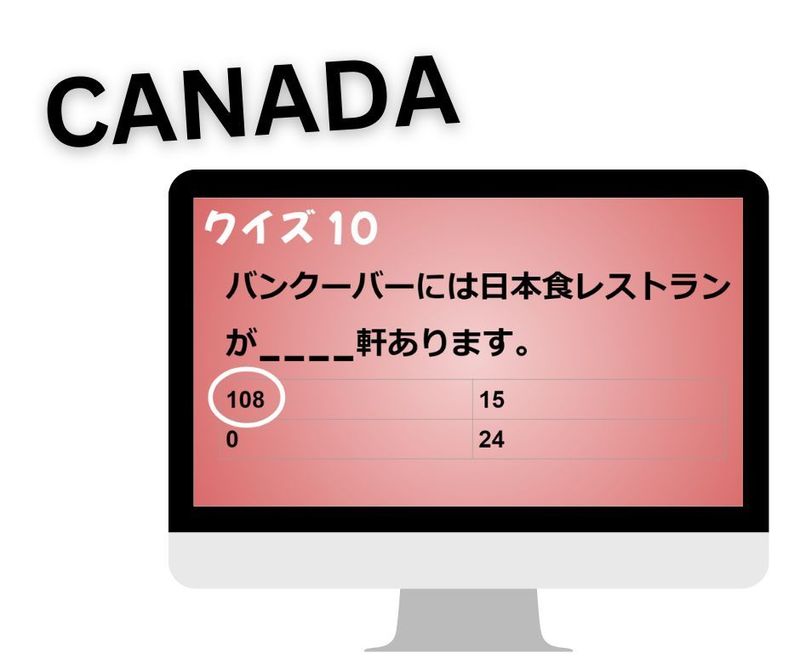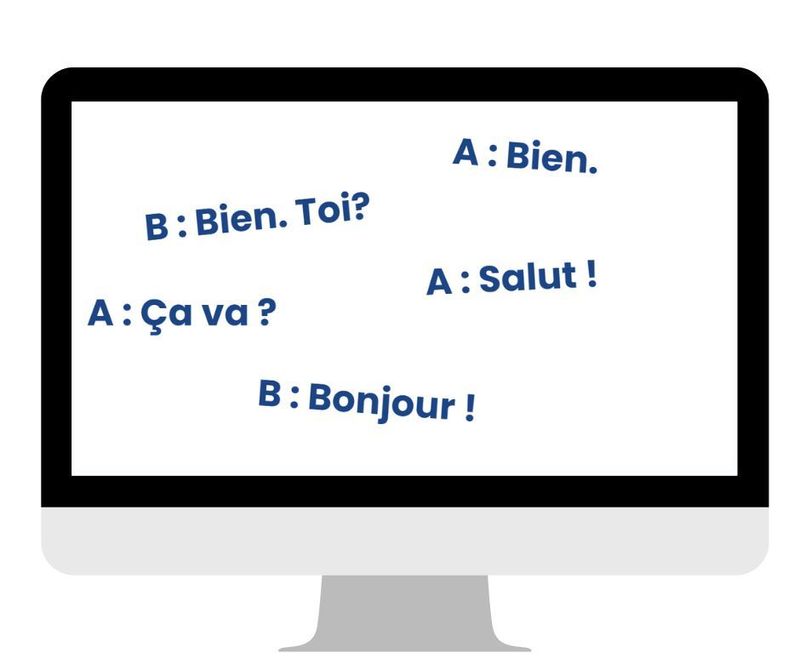Sep 7, 2024
Chiba kids at ease with this foreign visitor
Back in June, I told you about the opportunity to observe and participate in the changing cultural landscape in Japan. As part of Chiba Prefecture’s multicultural initiatives, I got recruited to give “demae” lectures which send me to elementary schools to introduce my country to Grade 5 and 6 students. The challenging part for me is that, while I’m encouraged to include English-language elements in my presentations, the bulk of the content and activities are delivered in Japanese.

In my presentation, I quiz the kids to draw on their knowledge and peke their interest
On my second assignment to a Chiba City public elementary school, the principal and a head teacher ushered the lecturers, a diverse group representing five different countries, into a spare classroom where we got to catch up. Our discussion about our presentations and experiences went back and forth in Japanese and English as we code-switched depending on our counterparts’ fluency in either language.
A homeroom teacher escorted me to a grade 5 classroom where the students were prepared with a worksheet on which they’d made notes of things they know about my home country, Canada, and questions they’d like me to answer in my presentation. I greeted the class and while the homeroom teacher set up my netbook on the school’s network, I greeted each child and they read their questions to me. They were not the least bit shy! Each child appeared at ease with me, the foreign lady.
The students interjected and raised their hands many times during the hour-long interaction in which I presented quiz questions with many topics they had previously researched and others that they had to deduct from hints. They made copious notes on their worksheets as I presented images, text, and some facts about my country that surprised and pleased them. One fact that impressed them was the number of Japanese cuisine restaurants in my hometown, Vancouver. Sushi, ramen, gyoza, and even izakaya restaurants dominate the restaurant market there.
When the bell rang for lunch, I got mobbed by children from other classes asking me to autograph their notebooks. I couldn’t say no - lots of florid variations on my given name now grace their books.
What struck me was how comfortable the kids were with a foreign visitor in their school. Over two decades ago, when I first arrived in Japan, I made visits to elementary schools where the kids saw me as a novelty and enigma. The elementary school students of 2024 are far more proactive and take it for granted that they can meet foreign residents and visitors. I suspect the ALTs have a strong influence when it comes to getting the kids comfortable with foreign faces and languages.

The students could intuit the order of this conversation in French, Canada's other official language
According to this research paper, the 6000 or so elementary school ALTs take on a lot of responsibility in English language instruction. This appears to be an effect of homeroom teachers in elementary schools who don’t have to hold English teaching qualifications. Some interesting stats come out of that research, too. ALTs assigned to elementary school positions have a higher female and more Japanese-proficient profile than their junior high school counterparts. The net result is that elementary school students are likely to receive instruction from a female long-term foreign resident who speaks Japanese.
So, otsukaresama to the homeroom teachers who have to stretch their capacities for cultures and languages, and thank you to the ALTs who provide direct interactions with Japanese kids.



0 Comments